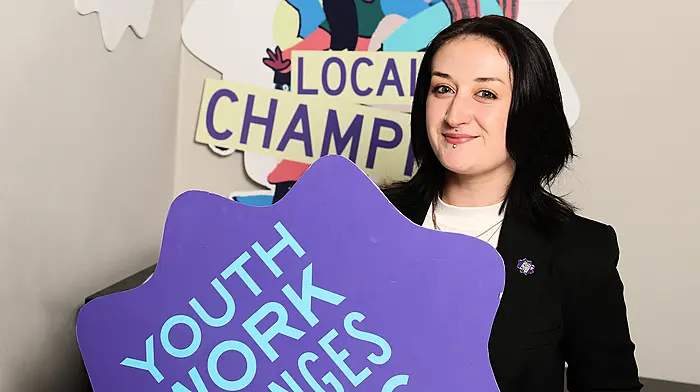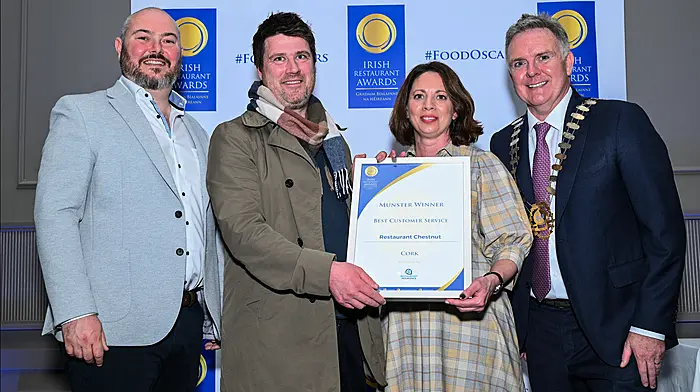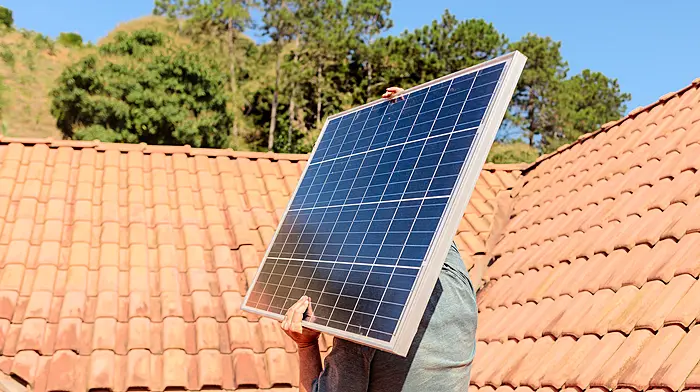By John Coombes
FARMERS and landowners can benefit from grants, income tax-free earnings and supports by planting trees on their land. Forestry is seen as one of the most important tools in addressing our nation’s carbon footprint.
A new forestry programme for the period 2023-2027 is being developed and will be launched later this year. The proposed programme will cover all costs to establish a forest and – depending on the type of forest – will pay owners more than €1,100 per hectare for up to 20 years. There are tax issues that farmers need to be aware of.
Profits from the occupation of woodlands in the State, managed on a commercial basis and with a view to the realisation of profits, are exempt from Income Tax and Corporation Tax. Ownership of a forest is not sufficient; occupation and management with a view to profit realisation must also be shown. This exemption applies to profit from the sale of trees, whether standing or felled. It also applied to Christmas trees but not decorative trees or shrubs. Profits here also include forest premiums. The forestry profit for each year is fully liable to PRSI. Whilst the total income is subject to Universal Social Charge.
Commercial woodlands occupied by individuals are exempt from CGT on the sale of the growing timber. Should an individual sell the woodland, CGT is chargeable on the land only and not the trees growing on the land. Only the increase in the value of land is assessed for CGT. An apportionment of value between the land and the trees may therefore be required. The exemption does not apply to companies which occupy woodlands. The current rate of CGT is 33%.
Sales and transfers of land are liable to stamp duty, however the trees growing on commercial woodland are exempt provided that the woodland occupies a substantial part of the land (not less than 75%) and is managed on a commercial basis. Again, an apportionment of value may be required.
Commercial forestry operations are regarded as farming activity for Value Added Tax (vat) purposes. Vat unregistered farmers can apply the 5% flat rate addition when selling timber to a vat-registered trader. This should be kept in mind when agreeing a price with the timber merchant. In some cases, the farmer may be able to claim vat on expenditure such as ground preparation, fencing and roadways, etc (ie fixed capital expenditure).
Vat can be reclaimed via Revenue online.
Vat-registered farmers can reclaim the vat on their related farming purchases they are also required to charge vat at the appropriate rate on all sales. Sales of timber are chargeable at 23% while sales of firewood are at 13.5%.
Capital Acquisition Tax (Cat) is a tax on gifts and inheritances. You may receive gifts and inheritances up to set lifetime threshold before becoming liable to Cat. The rate is presently at 33%.
The parent to child tax free threshold is presently €335,000. You can claim agricultural relief on gift or inheritance of farmland including woodlands, if you qualify as a farmer.
This relief reduces the taxable value of the property, including land, by 90% but 80% of the recipient’s assets must be agricultural on the valuation date. There may be a clawback of agricultural relief where the beneficiary cease to be a farmer within six years of the inheritance or gift.
All readers are advised to take independent advice on any tax or associated issues relating to their forestry as individual circumstances vary.
• John Coombes is an accountant with FDC in Skibbereen.










